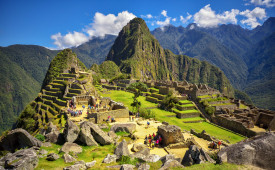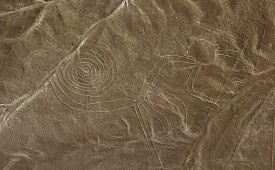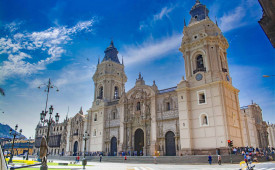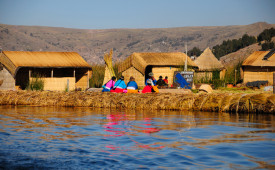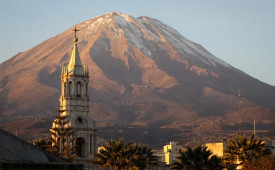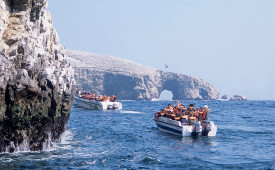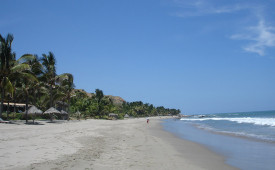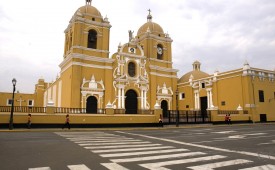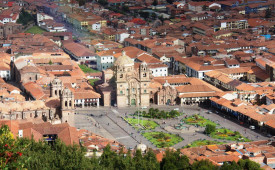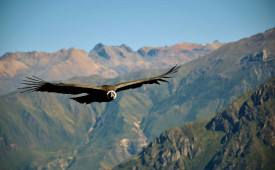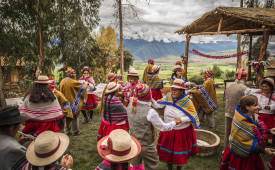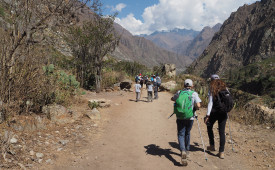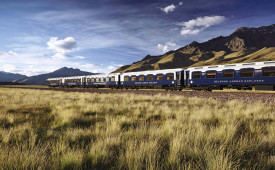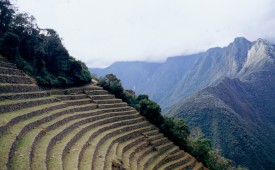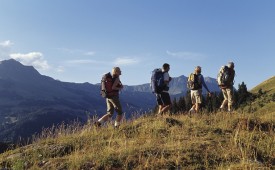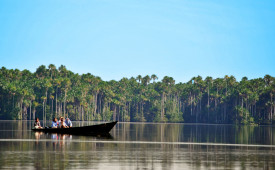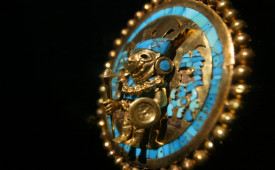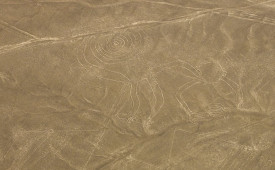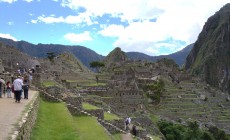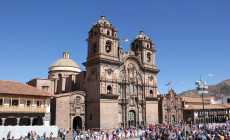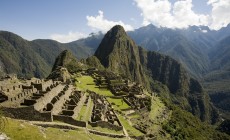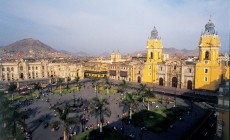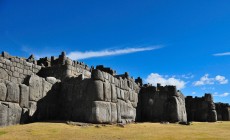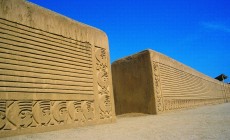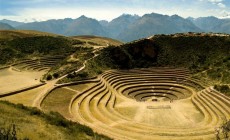-
Latin America
Latin America
- Countries (hidden space)
- Galapagos & Ecuador
- Guatemala
- Mexico
- Panama
- Peru
- Popular Attractions
- Machu Picchu
- Inca Trail
- Easter Island
- Galapagos Islands
- Patagonia
- Rio de Janeiro
- Iguazu Falls
-
Africa
Africa
- Spacer Africa
- South Africa
- Zimbabwe
- Popular Attractions
- Cape Town
- Okavango Delta
- Sossusvlei Dunes
- Victoria Falls
- The Kruger
- The Garden Route
- Masai Mara
-
Asia & Middle East
Asia & Middle East
- Asia
- Borneo (Malaysia)
- Cambodia
- India
- Japan
- Middle East
- Jordan
- Spacer Asia
- Laos
- Sri Lanka
- Uzbekistan
- Vietnam
- Popular Attractions
- Taj Mahal
- Lion Rock (Sigiriya)
- Angkor Wat
- Ha Long Bay
- Kyoto
- Petra
-
Destinations
- Latin America
- Argentina
- Bolivia
- Brazil
- Chile
- Colombia
- Costa Rica
- Galapagos & Ecuador
- Guatemala
- Mexico
- Panama
- Peru
- Asia
- Borneo (Malaysia)
- Cambodia
- India
- Japan
- Laos
- Sri Lanka
- Uzbekistan
- Vietnam
- Middle East
- Jordan
- Southern & East Africa
- Botswana
- Kenya
- Namibia
- South Africa
- Zimbabwe
- Contact Us
-
About
About
Llama Travel provides high quality holidays at the lowest possible prices.
99% recommend us Lower prices - guaranteed Financially protected by ATOL
Peru
Peru stretches south from the Equator for 1,300 miles. The Andes run the full length of the country, rising to almost 7,000 metres, and separate the arid coastal strip from the lush Amazon Rainforest. Over 80% of the world’s different ecosystems are represented in Peru, more than any other country.
History of Peru
Peru is best known for its ancient cultures, especially the Incas, who dominated much of South America. Starting in the 15th century, in less than 100 years, they built an empire stretching from Colombia in the north to Argentina in the south. The combination of incredible Inca stonework and wonderful mountain scenery make discovering the sites around the Inca capital city of Cusco, the nearby Sacred Valley and, of course, Machu Picchu a fabulous experience.
The arrival of the Spanish in the 16th century, when the Conquistadors rapidly took control of the country, led to the end of the Inca Empire, and a shift in focus to the coast, from where the invaders could export their plundered treasures back to Spain. They built fine cities, and the colonial centres of Lima, Cusco and Arequipa are all UNESCO World Heritage Sites.
Prior to the Incas, many other cultures thrived on the coast and in the mountains, leaving fascinating remnants and ruins. The north coast of Peru around Trujillo and Chiclayo is possibly the richest archaeological area in all the Americas, and the enigmatic Nazca Lines, south of Lima, still attract debate and wonder about their meaning.
Travel to Peru
Today, Peru is a fascinating blend of local folklore and European influence. There are traditional festivals in the highland towns, whilst the modern cities are home to some of the world’s best restaurants and museums.
Lima
Although many visitors use Lima as a stop-off before going onto Cusco or elsewhere, the capital has far more to offer. Lima is home to some of Peru’s best restaurants, museums and colonial architecture. The historic centre is a UNESCO World Heritage Site, and gives a great insight into the ‘City of Kings’. Click here for more information.
Cusco
Cusco is Peru’s main tourist destination thanks to its fascinating history and tradition. As well as being the jumping off point for Machu Picchu and the Sacred Valley, the city itself has numerous attractions. Colonial churches and courtyards are interspersed with Inca architecture, with some 500 Inca sites alongside a range of museums and markets. Click here for more information.
Popular Attractions
-
Machu Picchu
For many, Machu Picchu is the first thing that springs to mind when thinking about Peru, and for good reason. It is one of the most famous archaeological sites in the world, and combines perfectly with the Andean scenery that surrounds it to create an iconic site. The Inca Citadel was never discovered by the Spanish, which seems remarkable given their ability to discover just about every other important Inca site. Click here for more information.
-
Inca Trail
The Inca Trail is one of the world’s great mountain treks, with fabulous views across the Andes, stunning Inca ruins en-route and an awe-inspiring end destination that makes the long days of walking all the more worthwhile. The classic four-day trek involves challenging ascents and high altitudes, but is a popular choice for more than 500 people who start it every day. Click here for more information.
-
Peruvian Amazon
The Amazon spreads over 50% of Peru, and contains the most biodiverse areas in the world. Staying in a lodge is a great way to see the rainforest, with daily excursions and activities where you can spot sloths, monkeys, caiman and prolific birdlife. The inaccessibility of most of the jungle means that much of it is still intact, making it all the more special. Click here for more information.
-
Lake Titicaca
Renowned for being the highest navigable lake in the world, at over 3,800 metres above sea level, Lake Titicaca is said to be the birthplace of the Incas. The lake has become one of Peru’s most popular attractions, and most visitors will spend some time visiting the floating reed islands as well as Taquile and Amantaní. Click here for more information.
-
Paracas
Paracas itself is a small town on the Pacific Coast, about 240 kilometres south of Lima. Thanks to the nearby National Reserve and Ballestas Islands, this is a paradise for nature lovers. The islands are home to a vast number of animals and birdlife including sea lions, condors, dolphins, penguins, boobies, cormorants and more. Click here for more information.
-
Arequipa
Sitting in the lower Andes in the far south of the country, Peru’s second largest city is another popular location. Arequipa has the ambience of a small town, with a compact centre brimming with colonial architecture. The city sits in the shadow of El Misti volcano, a stunning reminder of the region’s tectonic past. Further afield is the Colca Canyon, one of the best places to see condors. Click here for more information.
-
Nazca Lines
The only way to admire this mysterious desert artwork is from above. The Nazca Lines comprise of various geometric and zoomorphic lines of whales, spiders, condors and more. Scientists are still baffled by exactly how these drawings were created, but it is believed that the Nazca people began to etch them over 2,500 years ago. Click here for more information.
Whatever you are looking for, you will almost certainly find it if you choose to explore Peru. Click here to read our blog about what makes Peru such a great destination.

